The countdown to humanity’s return is officially underway.

For the first time in 50 years, NASA has confirmed when humans will once again set foot on the Moon. The mission, known as Artemis III, represents the next step in a new era of exploration—one that blends ambition, technology, and international cooperation. The last time an astronaut left a bootprint on lunar soil was in 1972, during Apollo 17. Now, the long wait is finally ending.
This isn’t just another space launch—it’s a statement about what humanity still dreams of. With new spacecraft, upgraded suits, and advanced landing systems, NASA’s next Moonwalkers will explore regions no human has ever seen before. And this time, they won’t just visit—they’ll prepare for the future of deep space travel.
1. NASA confirmed the Artemis III mission will launch in 2026.
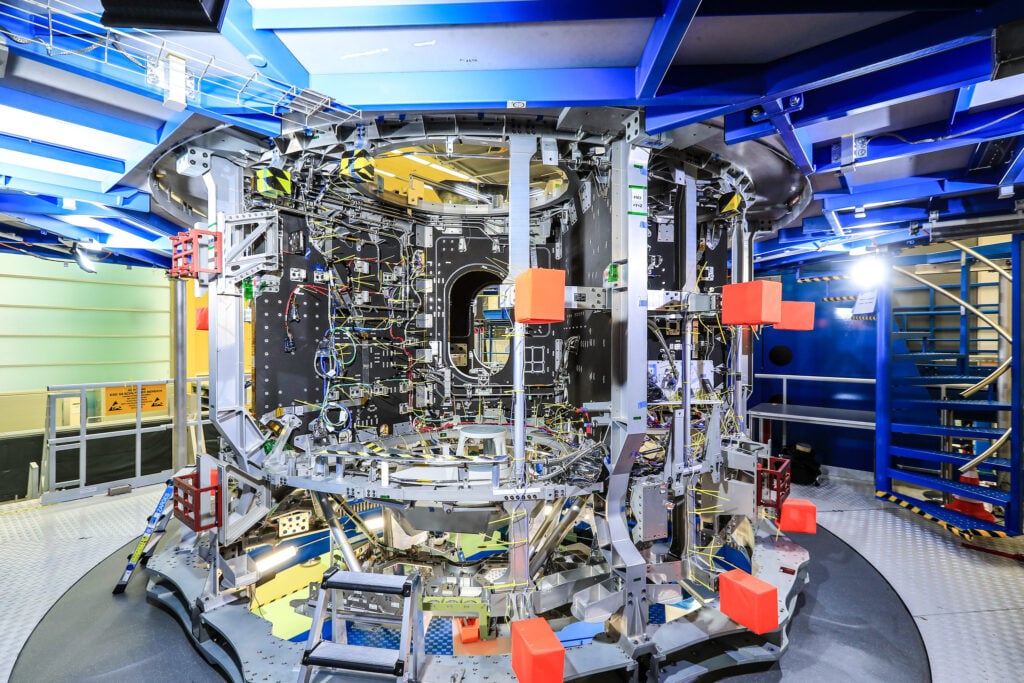
After years of speculation, NASA Administrator Bill Nelson announced that the Artemis III mission is scheduled for September 2026. This timeline follows a series of tests from Artemis I and the upcoming Artemis II crewed orbit, according to NASA’s official update in September 2024. The agency emphasized that safety, readiness, and system reliability remain the deciding factors for the launch schedule. The 2026 window marks a careful balance between technological ambition and procedural caution, setting the stage for humanity’s long-awaited return to the lunar surface.
2. The next astronauts will land near the Moon’s south pole.
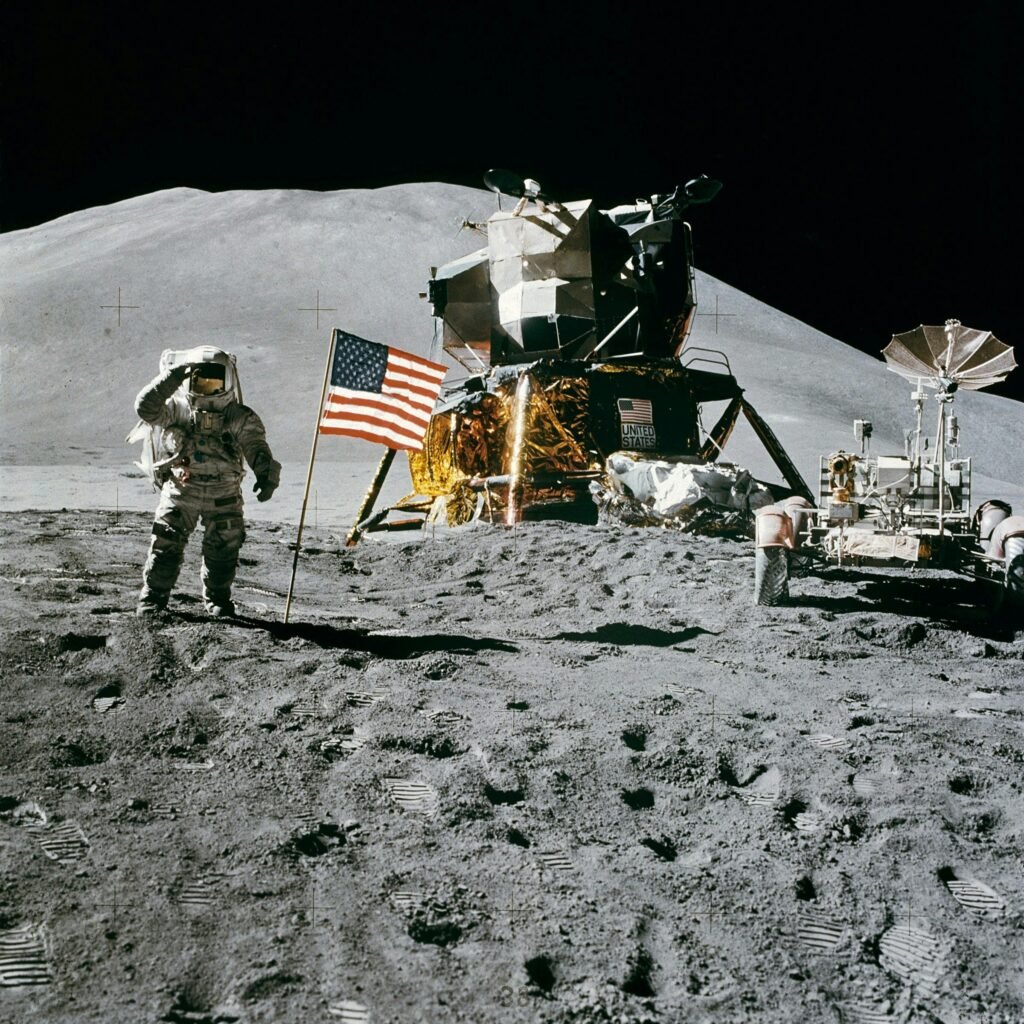
Unlike the Apollo missions, which explored the equatorial regions, Artemis III will target the lunar south pole—a site believed to contain frozen water beneath its surface. Scientists chose this region for its resource potential and geological diversity, as stated by the European Space Agency. The presence of ice could provide oxygen, fuel, and drinking water for future missions, transforming exploration into sustainable habitation. The area’s deep, permanently shadowed craters hold some of the Moon’s oldest secrets, untouched since the dawn of the solar system.
3. A SpaceX Starship lander will carry astronauts to the surface.
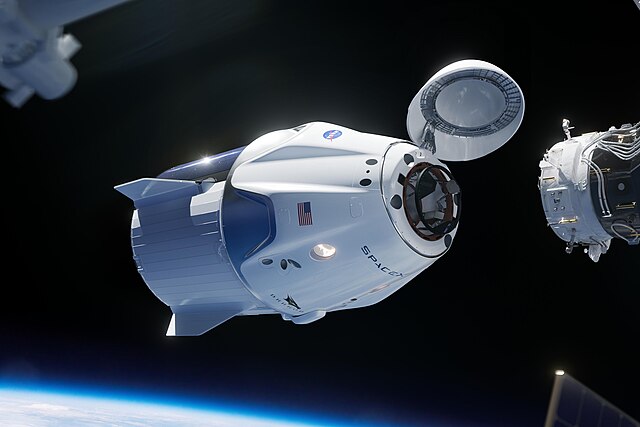
NASA selected SpaceX’s Human Landing System, a modified version of Starship, to ferry astronauts from lunar orbit to the surface, reported by the BBC Science Unit. The vehicle’s design includes reusable propulsion and pressurized cabin space for extended stays on the Moon. It represents the first time a commercial spacecraft will serve as a human lander for a NASA mission. The partnership underscores a new era of collaboration between government and private enterprise, where innovation and cost-efficiency converge to advance exploration beyond Earth’s boundaries.
4. The crew will include the first woman and person of color.
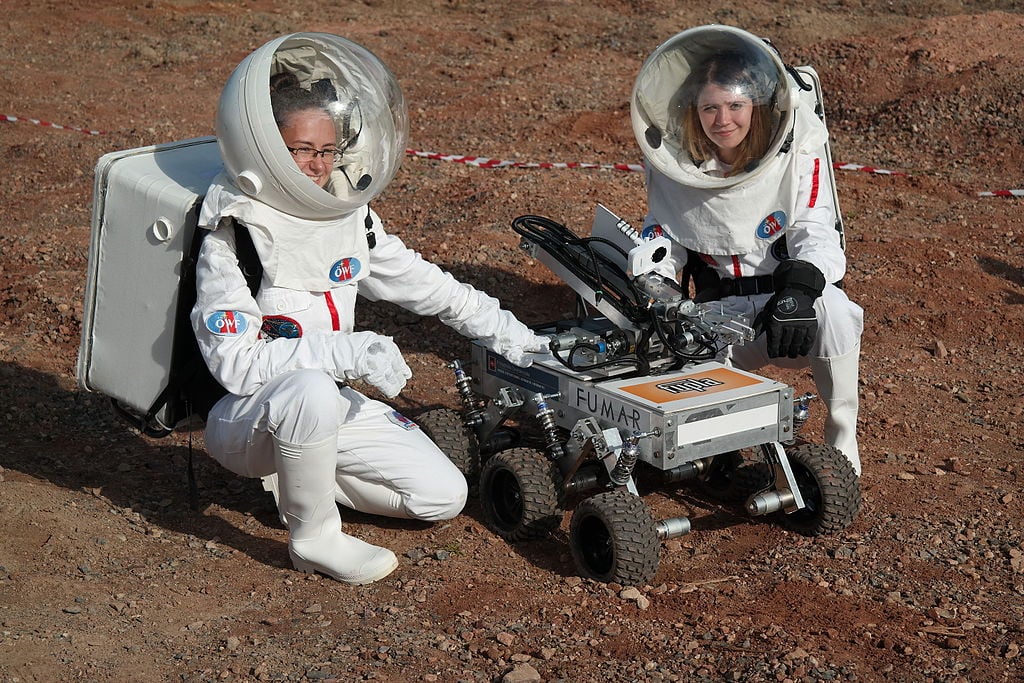
Artemis III will make history not only by returning to the Moon but by expanding representation in space exploration. NASA confirmed that the crew roster will include the first woman and the first person of color to walk on the lunar surface. It’s a defining moment in the agency’s effort to ensure that future missions reflect the diversity of humanity itself. Their selection will signal a cultural milestone as significant as the technological one.
5. The mission will use NASA’s new Orion spacecraft.
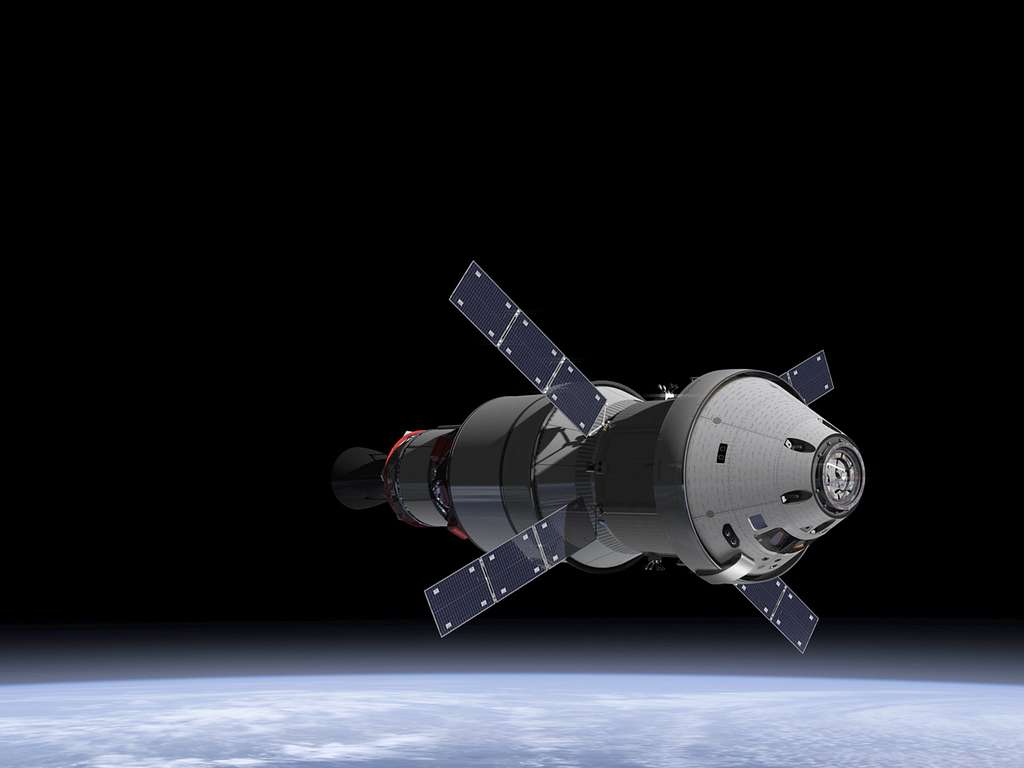
Orion, designed for long-duration deep space travel, will carry astronauts from Earth to lunar orbit. Equipped with advanced life-support and navigation systems, it’s a leap forward from the Apollo-era command modules. The spacecraft’s recent successful flight around the Moon during Artemis I proved its reliability. This vehicle will serve as the backbone of future lunar and Mars missions, marking a permanent shift in how we design for survival beyond Earth.
6. Lunar suits are being redesigned for movement and comfort.

NASA’s new xEMU suits are more flexible, lighter, and tailored for long excursions on uneven terrain. Unlike the bulky suits of the 1970s, these allow astronauts to kneel, climb, and even carry scientific equipment more easily. They’ll also include an updated life-support system and built-in lighting for shadowed regions. This redesign reflects how technology is catching up to imagination, allowing exploration that’s both safer and more immersive.
7. The mission’s science goals go far beyond flags and footprints.
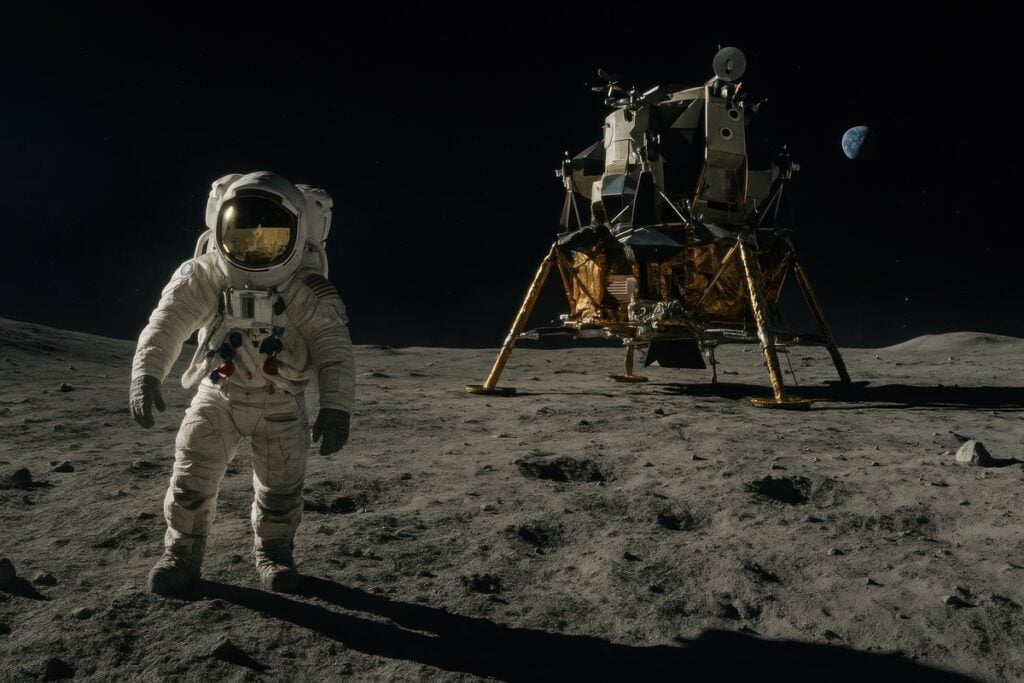
Artemis III will collect rock and ice samples from permanently shadowed craters that have never been exposed to sunlight. These samples could contain preserved cosmic materials from billions of years ago. The findings may help scientists understand how water and organic compounds reached Earth. The data gathered could also guide future missions to Mars, linking lunar discovery directly to interplanetary research.
8. International partnerships will shape every stage of Artemis.
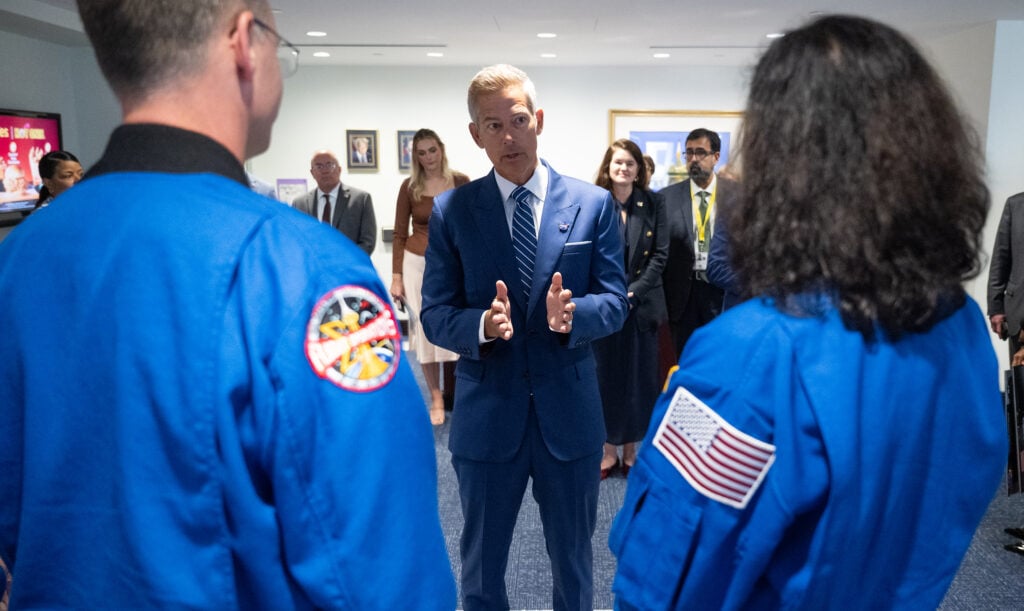
NASA’s Artemis program isn’t a solo endeavor. It involves collaboration with the European, Canadian, and Japanese space agencies, among others. Each contributes technology, modules, or research. This shared framework ensures that exploration is sustainable, global, and designed for continuity. It’s a quiet acknowledgment that humanity’s next frontier can’t be conquered by one nation alone—it must be built through cooperation and shared curiosity.
9. The mission will test systems for future Mars expeditions.

Every component of Artemis III, from life-support to propulsion, is being developed with Mars in mind. The lessons learned from this mission will shape how humans eventually live and travel on another planet. The Moon acts as both a testing ground and a stepping stone. In many ways, the first steps in 2026 won’t just be toward lunar soil—they’ll be humanity’s first small steps toward the Red Planet.
10. The return to the Moon marks a new human chapter.
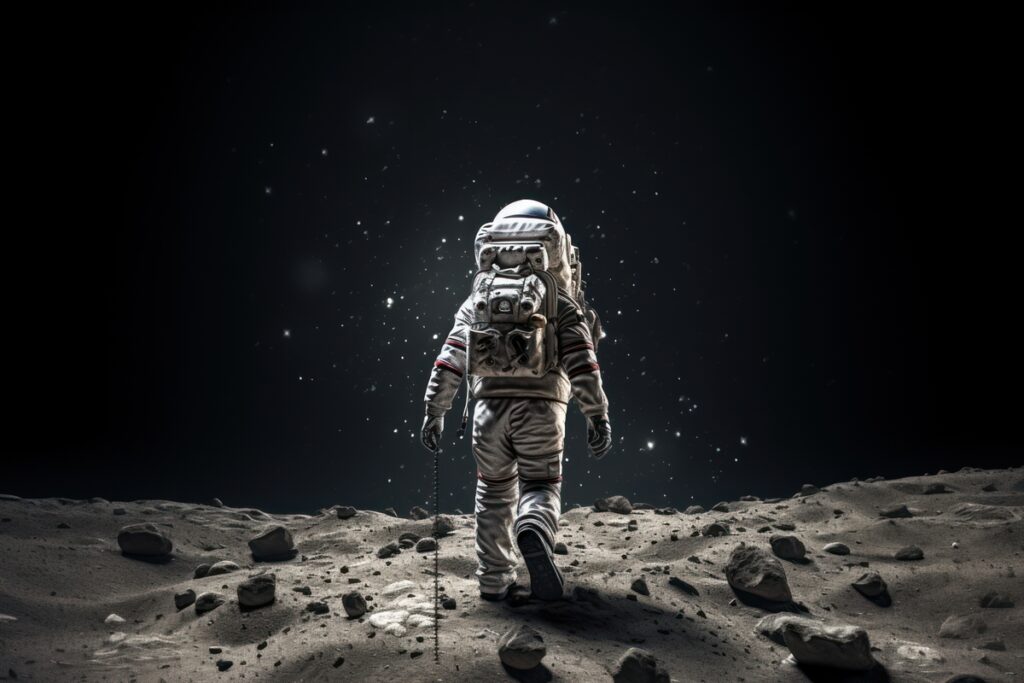
When astronauts walk on the Moon again, the silence of five decades will finally break. Their steps will echo across a new generation that grew up hearing about Apollo as history, not as hope. Now, that history is restarting—with smarter tools, stronger partnerships, and wider dreams. It’s not just about going back. It’s about learning how to stay, build, and reach further than ever before. The next footprint won’t just belong to an astronaut—it will belong to all of us.
